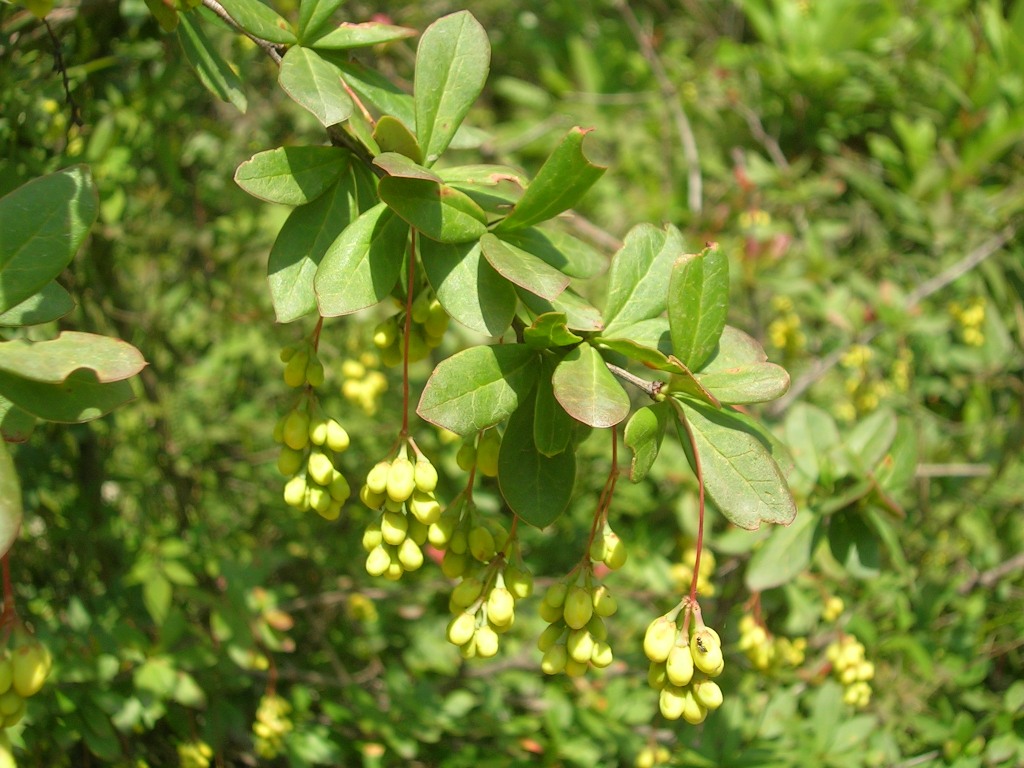
Diabetes: How our product Anti-Diabetes Tea Can help ?
Share
What is diabetes?
Diabetes mellitus is one of the most common chronic health problems in the world. Over time, that can cause serious health problems, such as heart disease, vision loss and kidney disease. The disease is rapidly increasing worldwide and affecting all parts of the world due to deficiency of the insulin. According to World Health Organization the diabetic population is likely to increase up to 300 million or more by the year 2025. According to International Diabetes Federation, diabetes affects more than 62 million Indians. Moreover, the World Health Organization claims that it will be the seventh leading cause of death by 2030. Dubbed as a silent killer by experts worldwide, diabetes mellitus (Type 2 diabetes),
There are three types of diabetes mellitus.
There are three types of diabetes mellitus.
1) Insulin-dependent diabetes mellitus
It is also known as type I diabetes or juvenile onset diabetes. It mainly occurs in childhood (particularly between 12-15 yrs age).

Figure 1. Type 1 Diabetes
2) Non-insulin dependent diabetes mellitus
It is also called type II diabetes or adult-onset diabetes It is the most common form of the disease, accounting for 90%-95% of cases in which the body does not produce enough insulin or properly use it.

Figure 2. Type 2 Diabetes
3) Gestational diabetes
It is due to high blood sugar that develops during pregnancy and usually disappears after giving birth.

Figure 3: Gestational diabetes
What is the cure?
Currently available therapies for diabetes include insulin and various oral antidiabetic drugs such as sulfonylureas, biguanide, etc. many of them also showed different side effects. Therefore, the search of natural and safer alternatives are required. For this, most effective antidiabetic herbs from Himalayan region of Uttarakhand are followings:
Hibiscus
Scientific name: Hibiscus rosa- sinensis
English name: Shoe flower plant or Chinese hibiscus
Common name: Gurhal
Family: Malvaceae
It is an evergreen woody, glabrous and showy shrub, distributed throughout India. The flowers have been reported to be antiglycemic, antihypertensive and antioestrogenic in various studies. In the Ayurveda system of medicine various extracts of red flowers of H. rosasinensis are used for the treatment of diabetes. Scientist studied a type of polyphenol found in the plant removes blockages and enables insulin to perform its normal function of clearing glucose (blood sugar) from the bloodstream."In diabetes, insulin sensitivity is retarded. The isolated compound can restore sensitivity and, therefore, cells can sense the presence of insulin.

Figure 4. A flower of Hibiscus rosa sinensis
Nettle
Scientific Name: Urtica dioica L., U. urens L.
English name: Nettle
Common Name: Bichu ghas, Soii (Kashmiri), Stinging nettle
Family: Urticaceaea
Urtica dioica is originally from the colder regions of northern Europe and Asia, today this herbaceous shrub grows all over the world. Plant with pointed leaves and white to yellowish flowers. The genus name Urtica comes from the Latin word urere, meaning ‘to burn,’ because of these stinging hairs. The species name dioica means ‘two houses’ because the plant usually contains either male or female flowers.
The root and above ground parts are used for diabetes. It has accepted as a healing plant because of its considerable effects on human health in many countries all over the world. Stinging nettle has been used for hundreds of years to treat rheumatism, arthritis, gout, eczema, anemia, urinary tract infections, kidney stones, hay fever and early stages of an enlarged prostate (called benign prostatic hyperplasia or BPH). Recent laboratory studies and clinical studies on antirheumatic activity on stinging nettle showed possible antiarthritic activity.

Figure 5. Leaves of Urtica dioica
Berberis
Scientific Name: Berberis aristata
English names: Indian barberry
Common Name: Kilmoda, Daruhaldi, Tree turmeric
Family: Berberidaceae
The genus Berberis represents the around 12 genera and 600 species worldwide and about 77 species have been reported from India. The various species of this genus Berberis aristata is one of the most important species due to its wide medicinal properties and its occurrence has reported from sub-tropical areas (1800-3000 m ASL) of the mountain state of Uttarakhand and Himachal Pradesh. This is one of the herbs mentioned in all ancient scriptures of Ayurveda, Charaka. It is used in medicine since ancient times in diarrhoea, hypoglycemic, anticancer, gastro¬irritant, antipyretic, hypotensive, CNS depressant and diaphoretic. Berberine is a plant alkaloid can be found in the roots, rhizomes, and stem bark of the plants. This is an active component in various studies of the anti-diabetic activity of the roots of the B. aristata. In 1988, the hypoglycemic effect of berberine was firstly reported when berberine was prescribed to treat diarrhea in diabetic patients.

Figure 5a) Leaves of Berberis aristata

b) B. aristata
